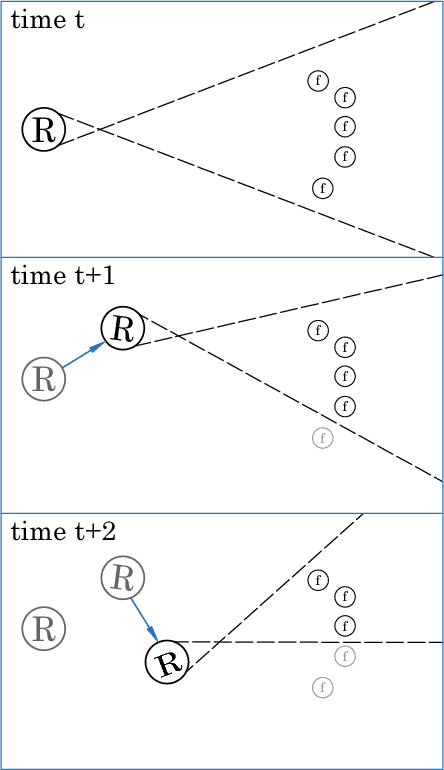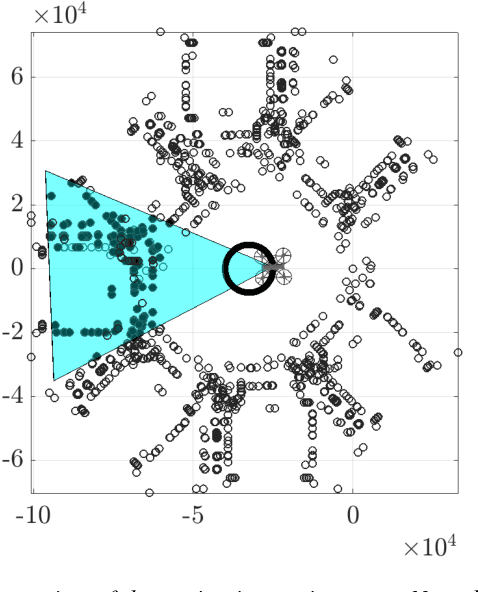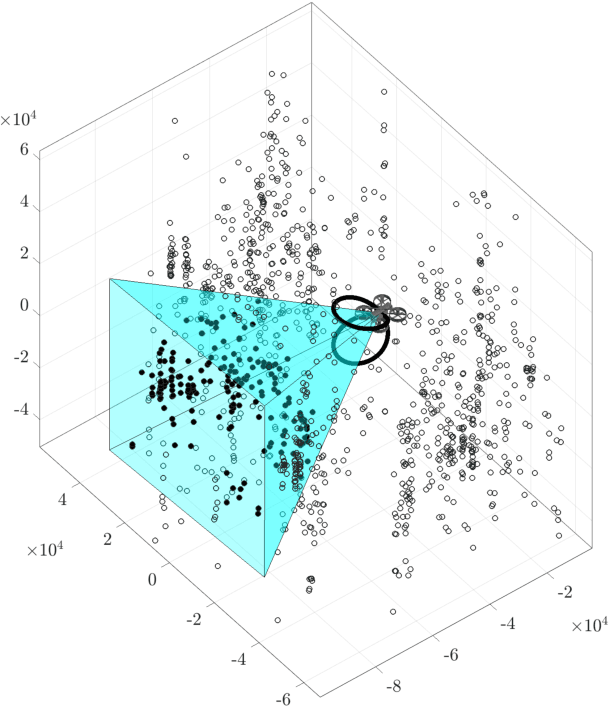Estimation with Fast Landmark Selection in Robot Visual Navigation
Paper and Code
Feb 04, 2019



We consider the visual feature selection to improve the estimation quality required for the accurate navigation of a robot. We build upon a key property that asserts: contributions of trackable features (landmarks) appear linearly in the information matrix of the corresponding estimation problem. We utilize standard models for motion and vision system using a camera to formulate the feature selection problem over moving finite time horizons. A scalable randomized sampling algorithm is proposed to select more informative features (and ignore the rest) to achieve a superior position estimation quality. We provide probabilistic performance guarantees for our method. The time-complexity of our feature selection algorithm is linear in the number of candidate features, which is practically plausible and outperforms existing greedy methods that scale quadratically with the number of candidates features. Our numerical simulations confirm that not only the execution time of our proposed method is comparably less than that of the greedy method, but also the resulting estimation quality is very close to the greedy method.
 Add to Chrome
Add to Chrome Add to Firefox
Add to Firefox Add to Edge
Add to Edge